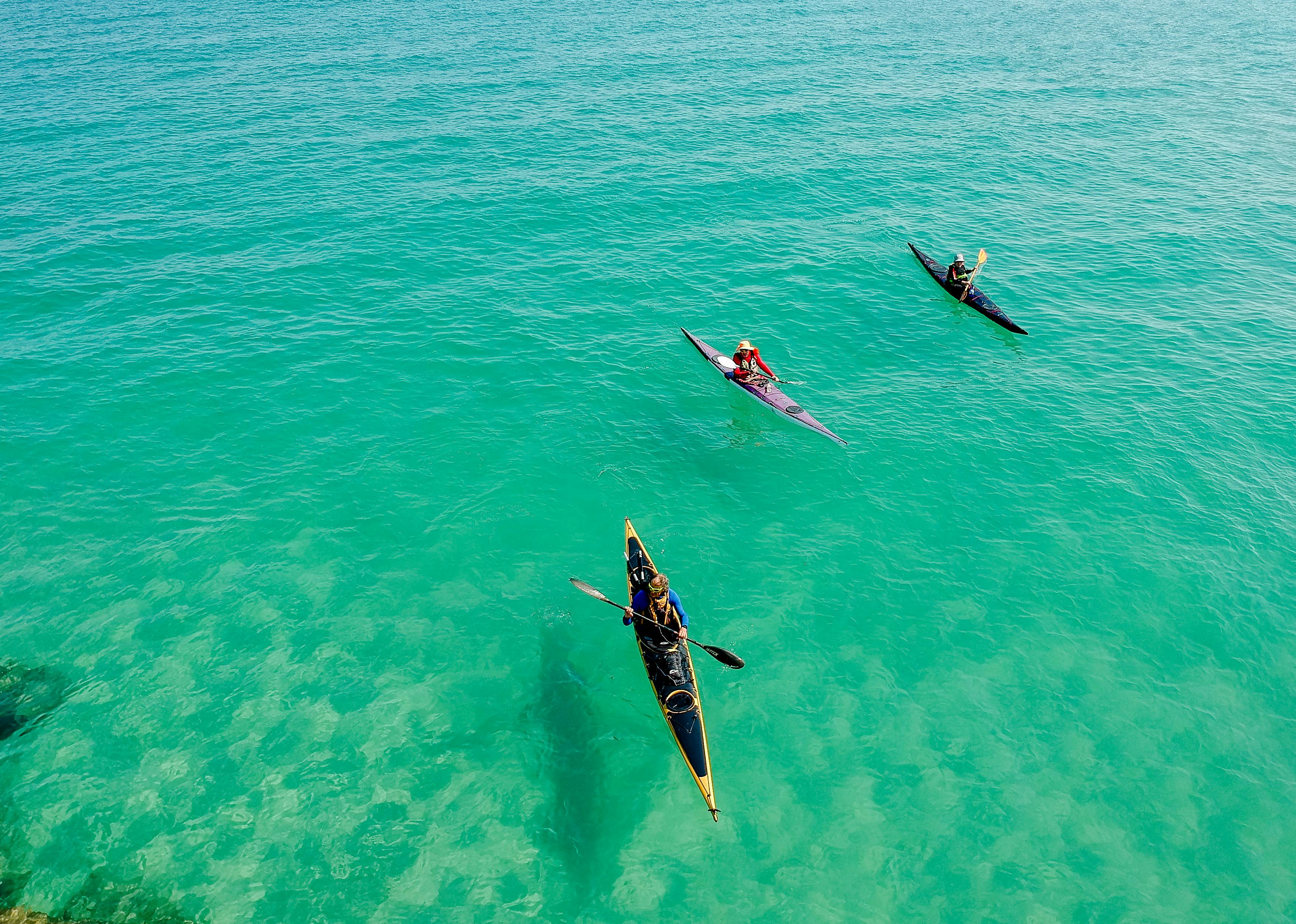Paddling Your Way to Adventure: The Unexplored Potential of Kayaking Tourism
The lure of the open sea, the allure of unruffled lakes, and the charm of meandering rivers have been attracting adventurers for centuries. However, not many realize that kayaking, an ancient method of transport, could be their ticket to a unique, immersive, and sustainable travel experience. This article explores the potential of kayaking tourism, a trend that has quietly been gaining momentum in the travel and transportation industry.

A Voyage Through History: The Birth and Evolution of Kayaking
The kayak’s history is as deep and intriguing as the waters it navigates. Originally, the Inuit and Aleut tribes of the Arctic North America used these lightweight, maneuverable vessels for hunting and transport. Made from seal or other animal skins stretched over a frame of wood or whalebone, these were the first kayaks. Fast forward to today, and you’ll find them made from modern materials like plastic, fiberglass, or carbon fiber, making them even more durable and versatile.
Riding the Current Trends: Kayaking Tourism Today
Kayaking tourism is emerging as an exciting new trend for adventurers and eco-conscious travelers alike. This versatile mode of transport offers an immersive experience, allowing travelers to explore marine life, navigate through intricate waterways, or simply enjoy the tranquility of floating on water. Whether it’s sea kayaking, river kayaking, or exploring bubbling brooks, this trend caters to all levels of expertise and adventure preferences.
The Ebb and Flow: Advantages and Challenges of Kayaking
Kayaking offers an intimate, up-close experience with nature, often allowing access to areas that larger vessels cannot reach. It’s a low-impact, eco-friendly activity that promotes physical fitness and mental wellbeing. However, it comes with challenges. Weather conditions and water currents can be unpredictable. Adequate skill training, safety precautions, and local knowledge are crucial, making planning and preparation key to a successful kayaking trip.
Making Waves in the Travel Industry: The Impact of Kayaking Tourism
Kayaking tourism not only offers a unique travel experience but also contributes positively to local economies and sustainable tourism. It encourages the preservation of natural and cultural heritage, promotes respect for local customs and traditions, and boosts local businesses by employing local guides and using local products.
Setting Sail: Essential Kayaking Tips
- Plan your route carefully: Research local waterways, understand the weather forecasts, and calculate your travel time.
- Safety first: Always wear a life jacket, carry a first-aid kit, and learn essential navigation skills.
- Pack light, but smart: Waterproof bags, a change of clothes, water, and snacks are essential.
- Respect nature: Follow local rules, avoid disturbing wildlife, and leave no trace behind.
In conclusion, kayaking tourism offers a unique blend of adventure, immersion, and sustainability. It’s a trend that’s making waves in the travel industry, inviting adventurers to paddle their way to unexplored landscapes. As with any form of travel, it requires careful planning, respect for nature, and an open mind. So, why not grab a paddle and steer your way to your next adventure? After all, travel is about exploring new paths, and sometimes, these paths are made of water.




